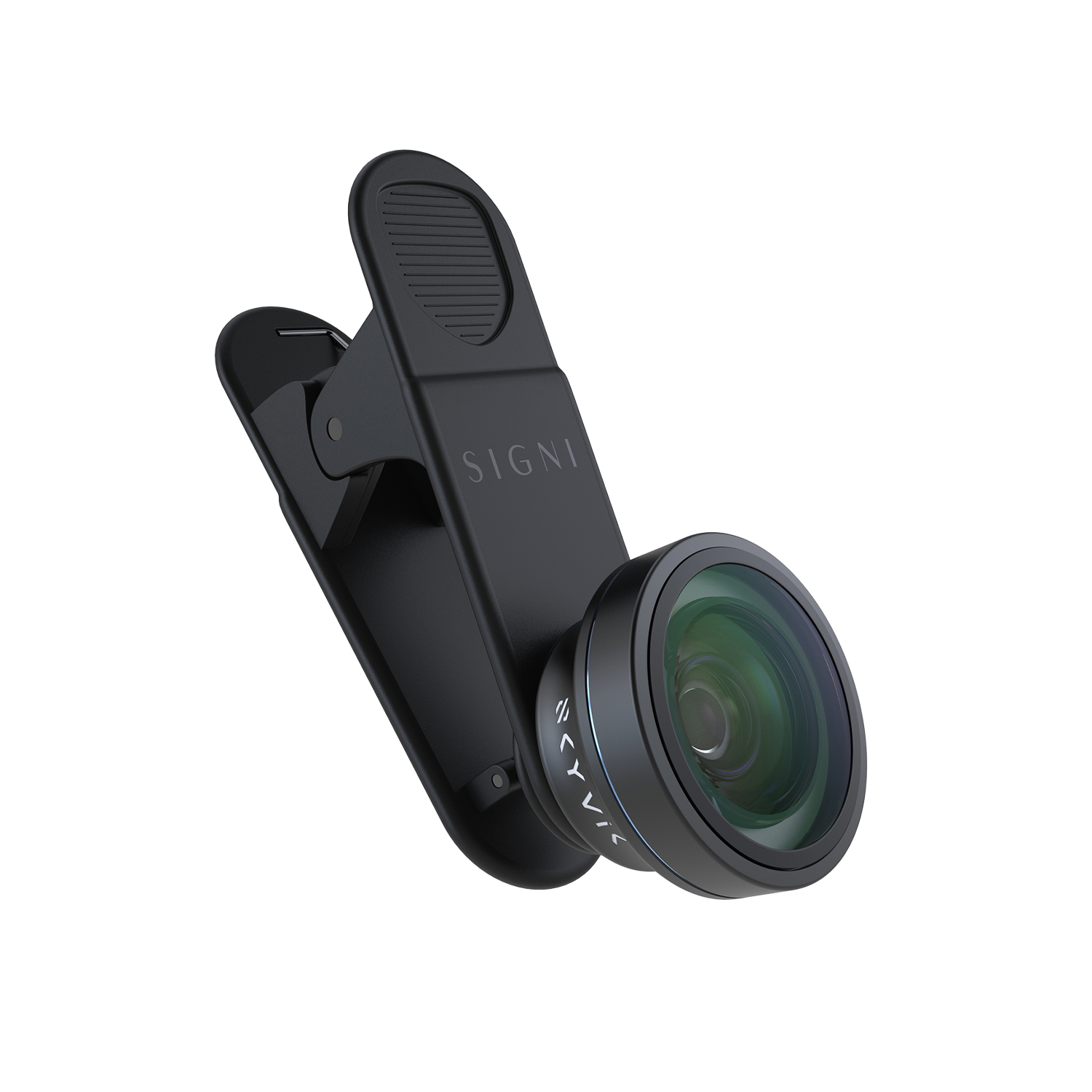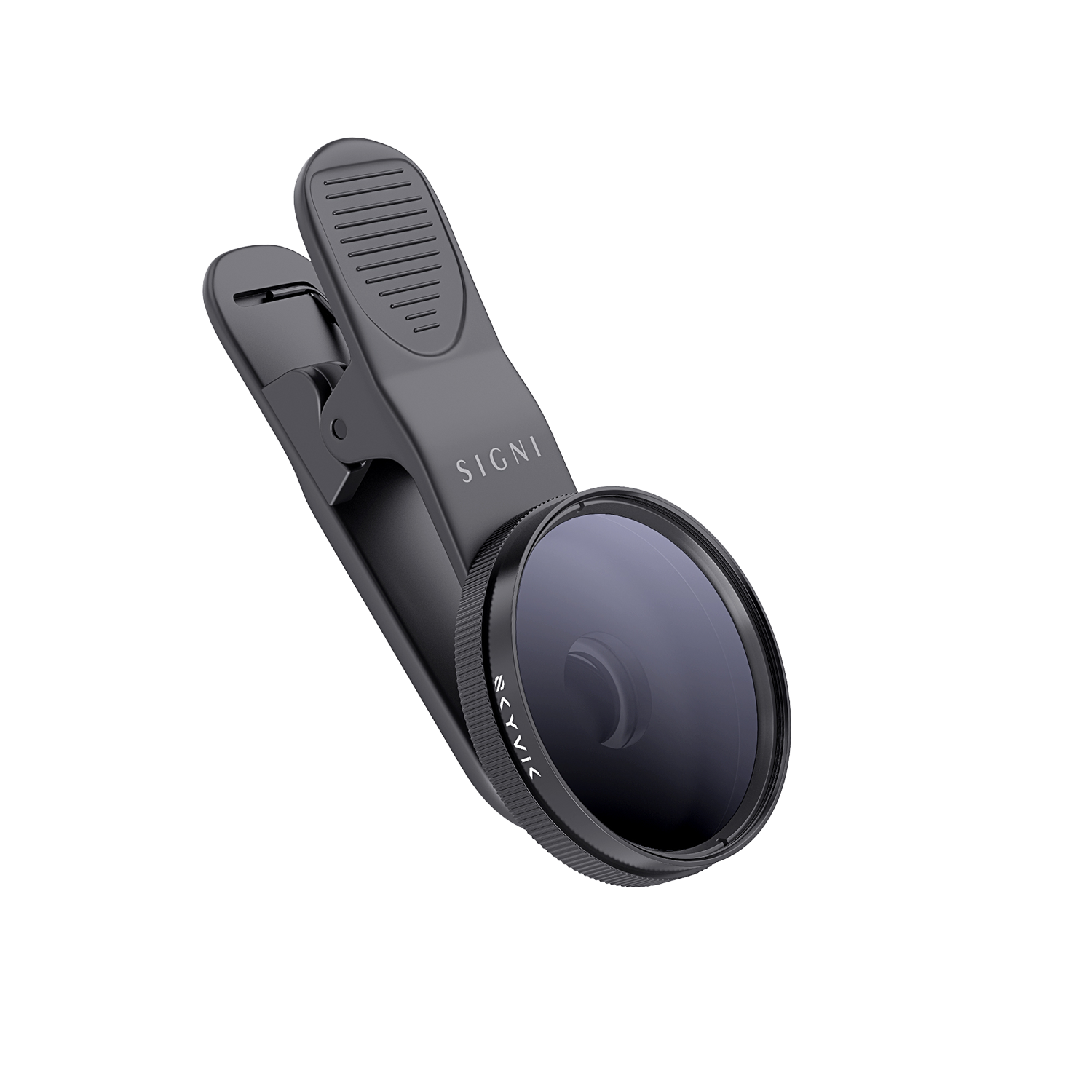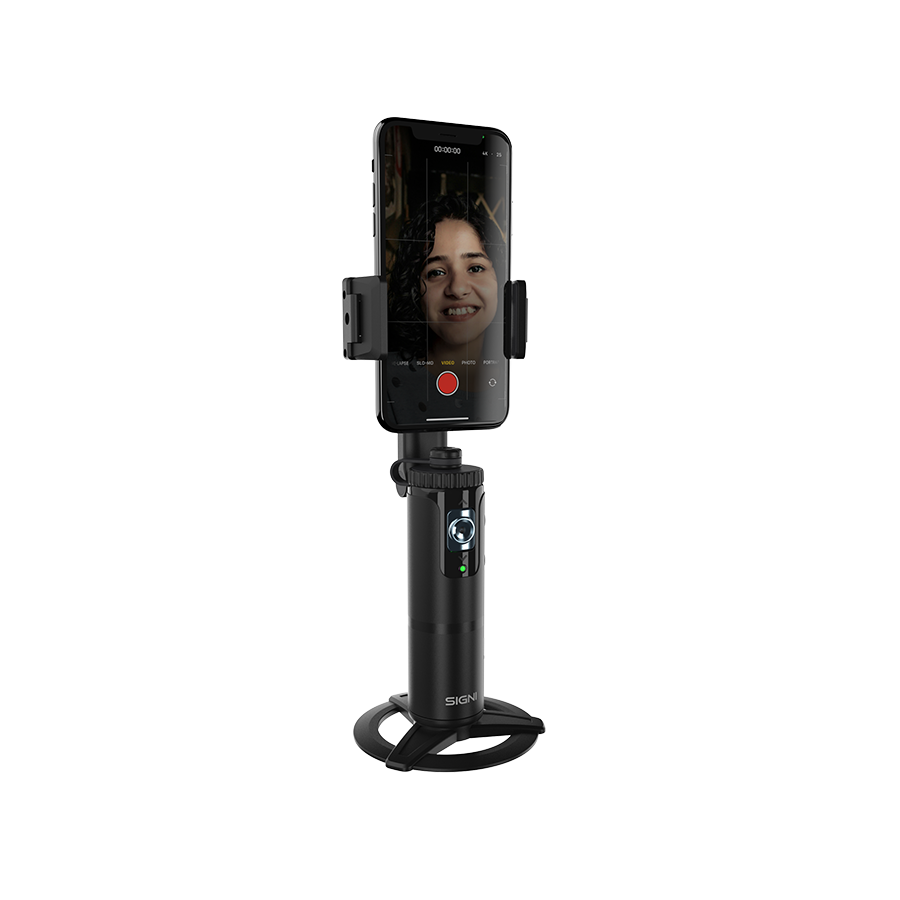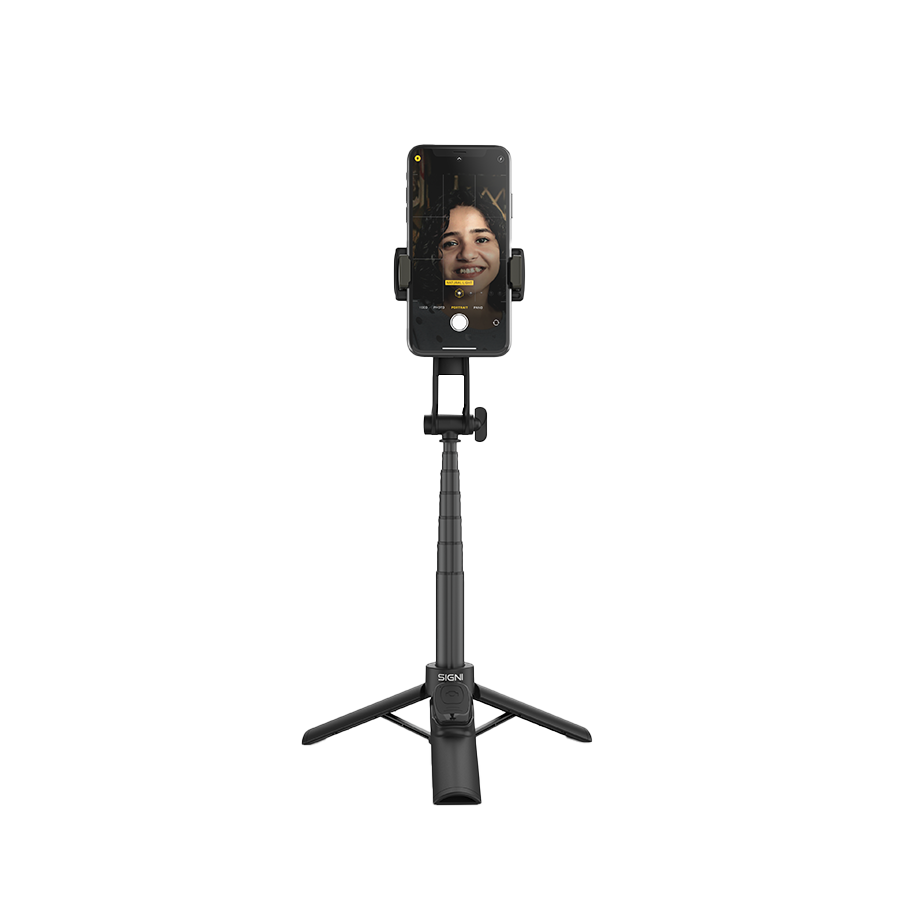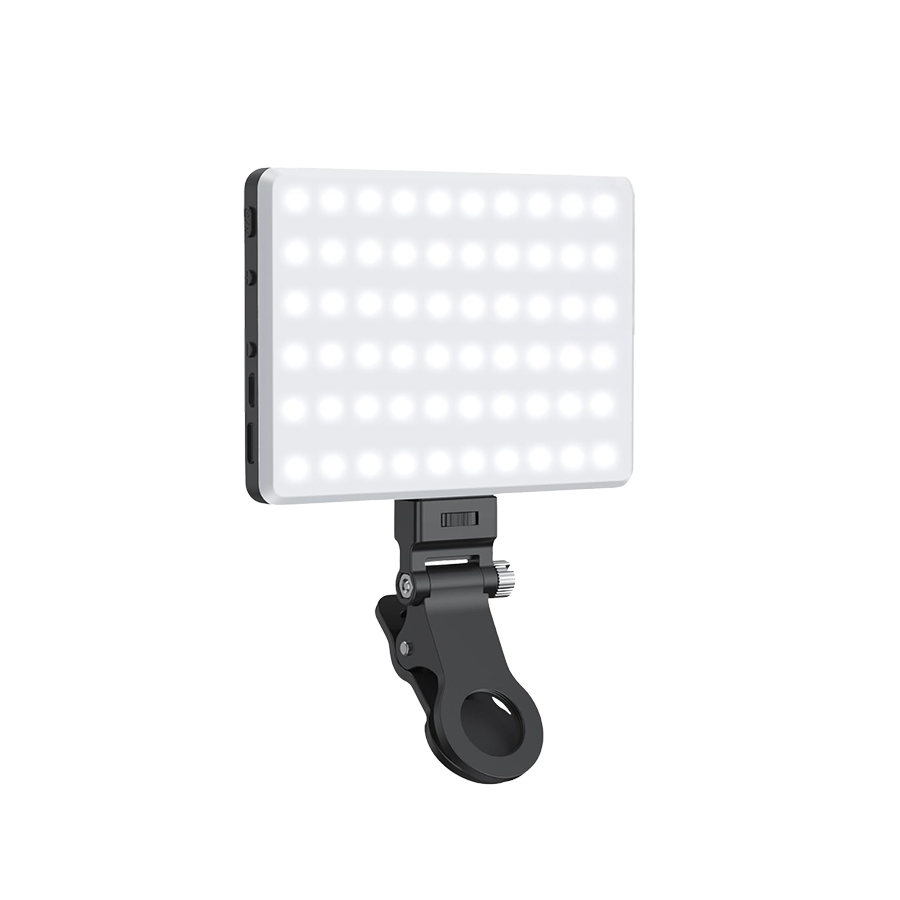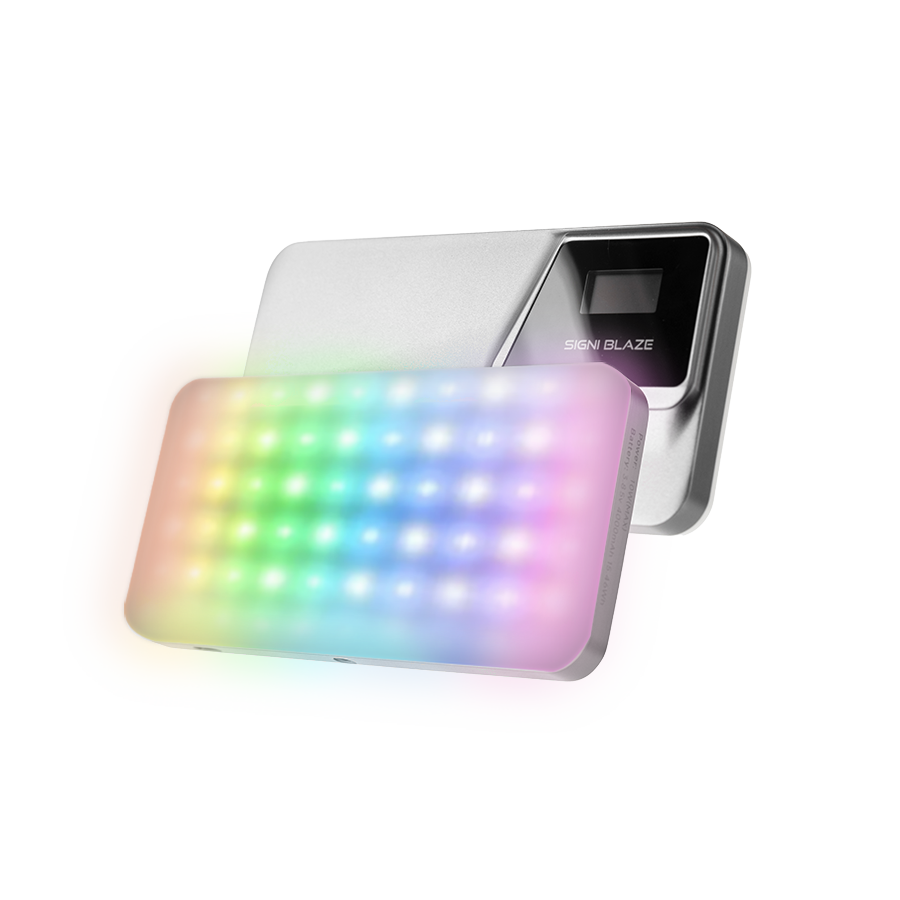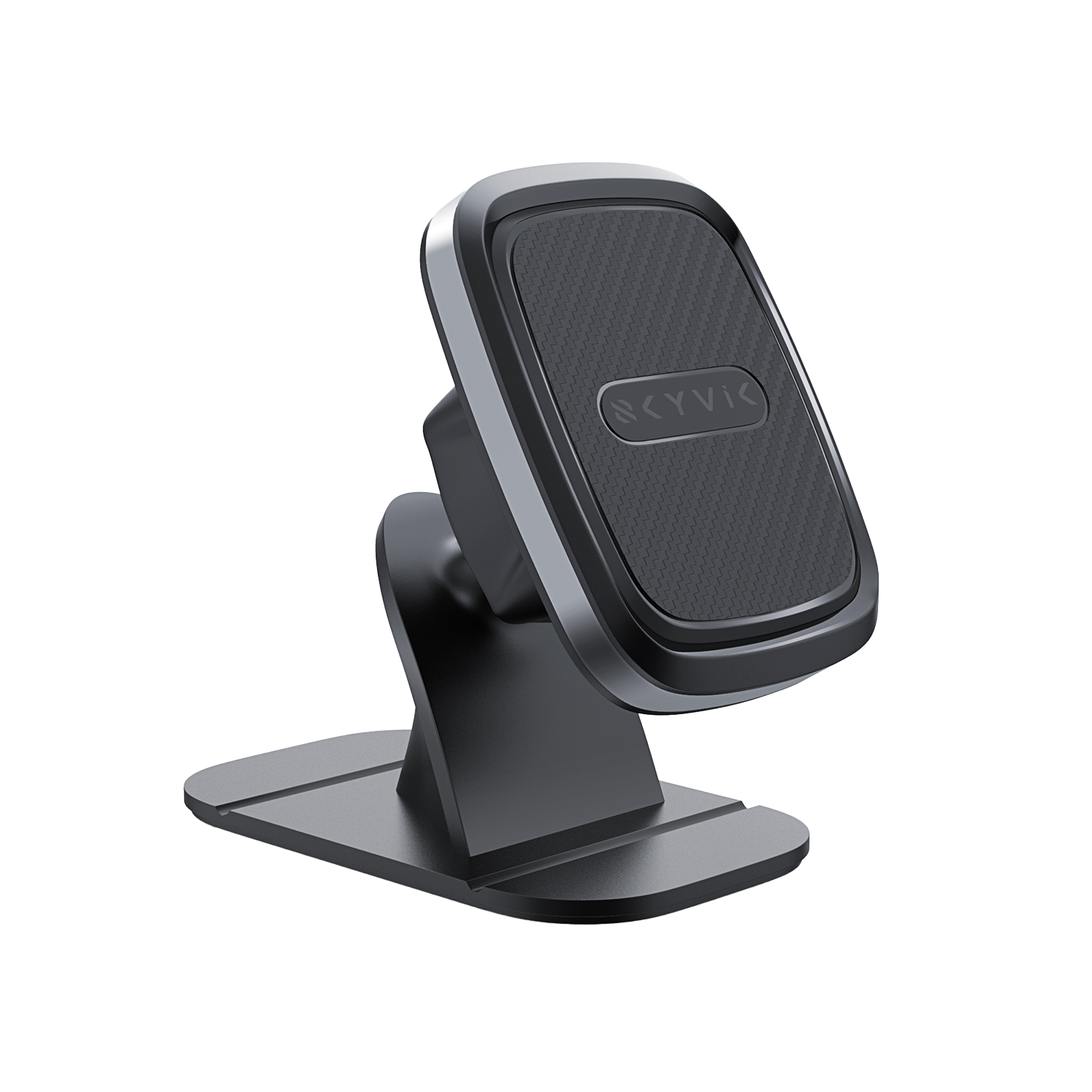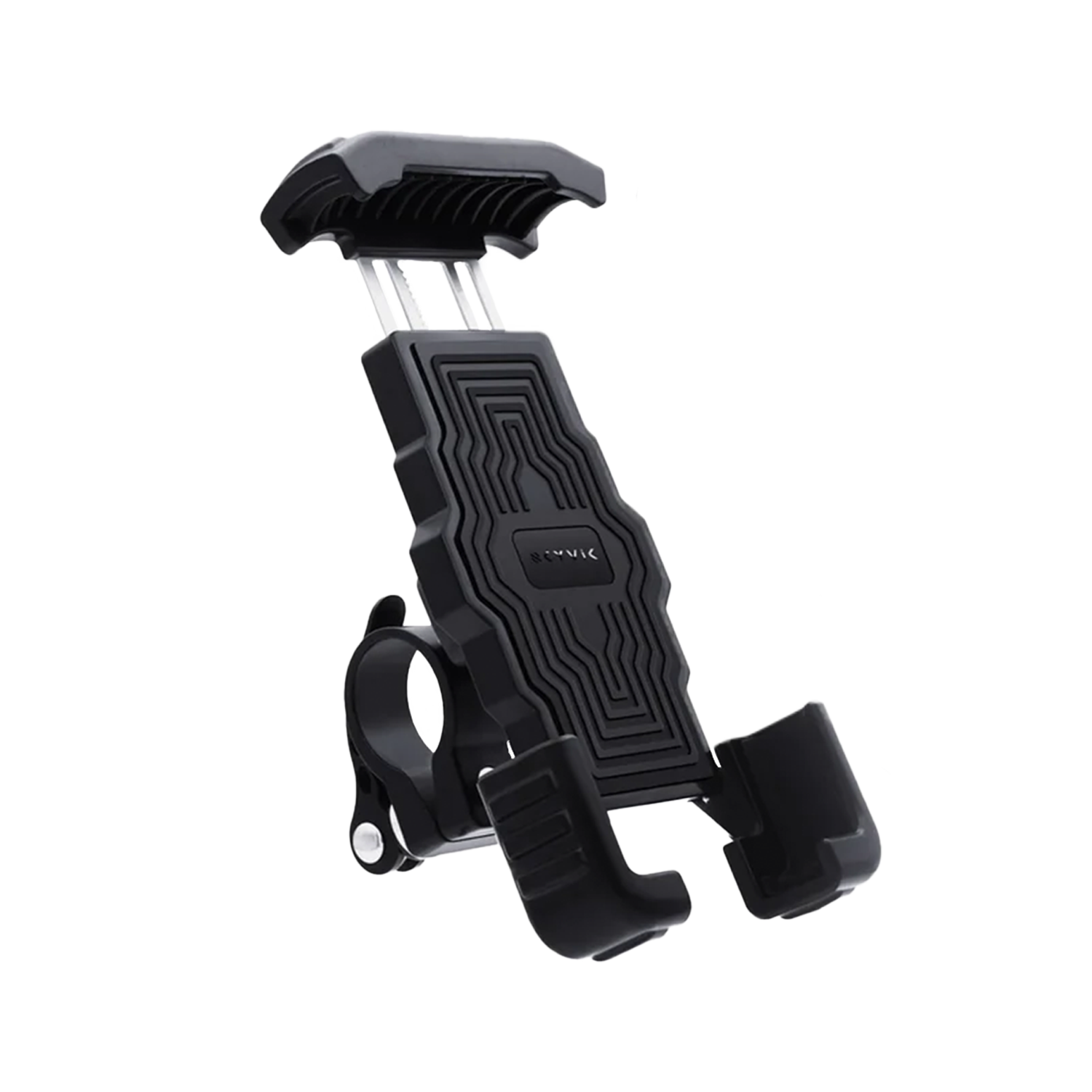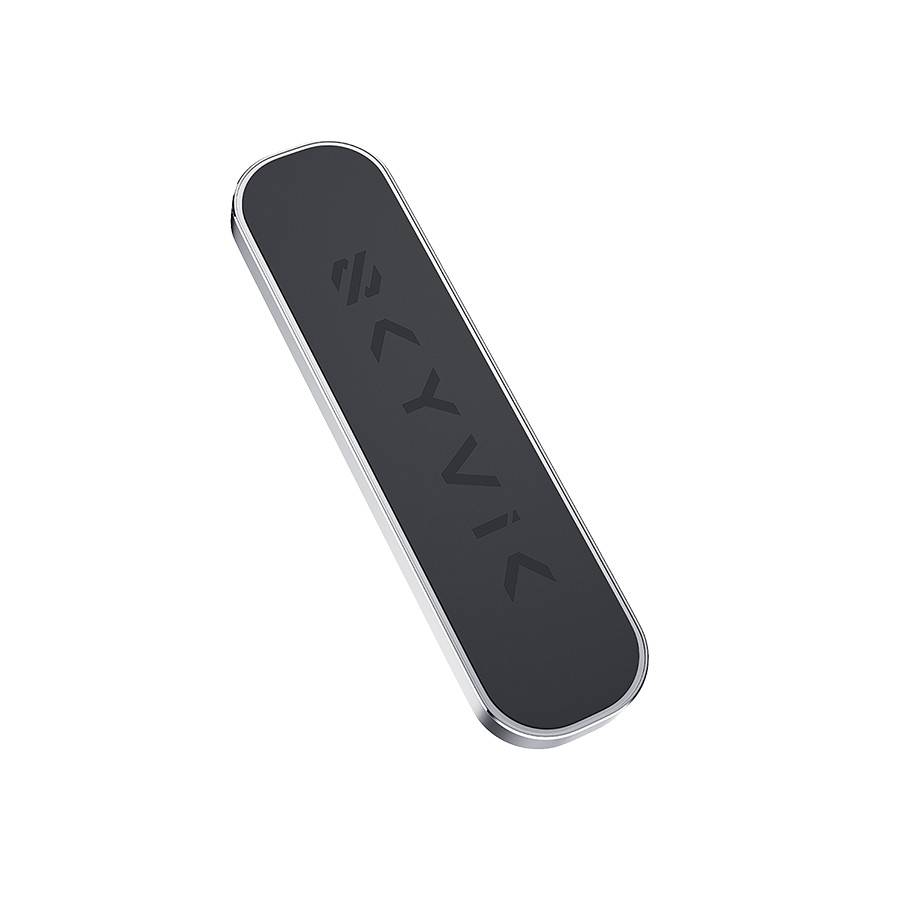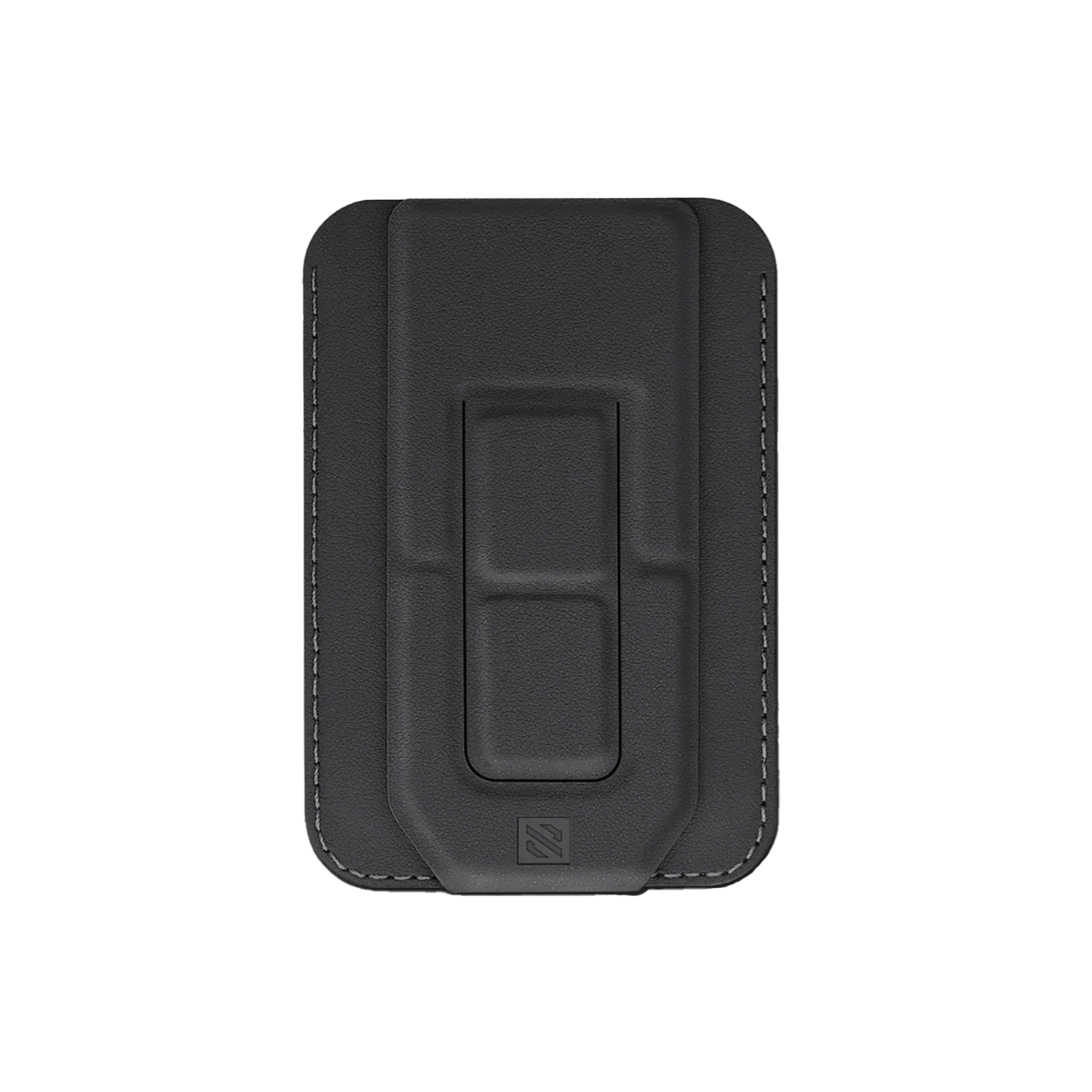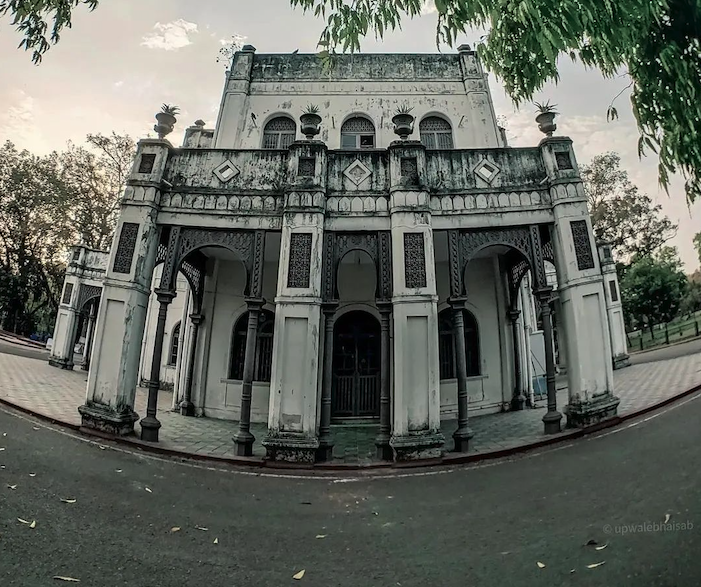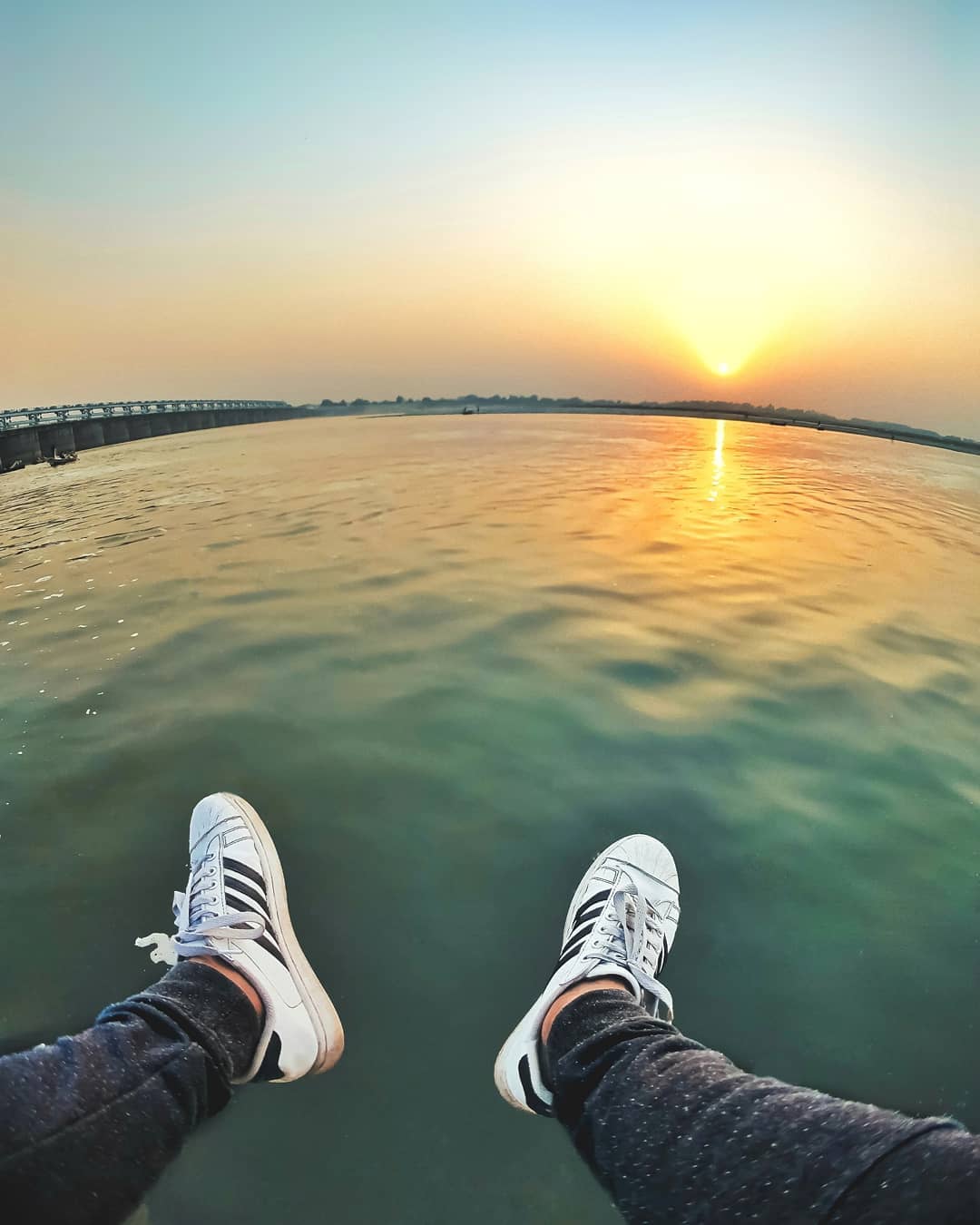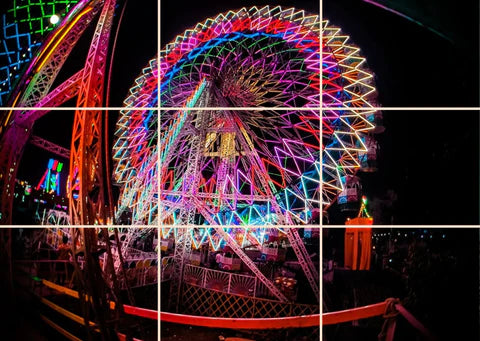MOBILE LENSES
Mobile Holders
Everyday Essentials
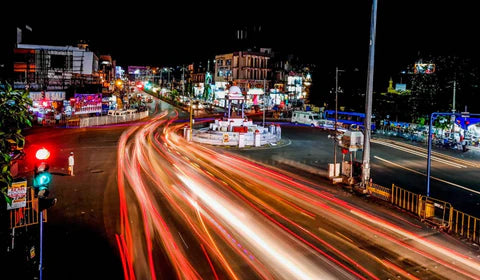
What are ND Filters? How it works?
4 min read
Neutral Density (ND) filters are like the unsung heroes of photography, quietly transforming the way we capture and perceive images. In this comprehensive guide, we'll delve deep into the world of ND filters, exploring their purpose, types, applications, how they work, and how Skyvik ND Filters can elevate your photography to new heights.
What are ND Filters?
 ND filters, or Neutral Density filters, are essential accessories in a photographer's toolkit. They are essentially pieces of glass that limit the amount of light entering the camera lens without affecting the color or hue of the scene. This light reduction allows photographers to manipulate exposure settings, capturing images with longer shutter speeds or wider apertures even in bright conditions.
ND filters, or Neutral Density filters, are essential accessories in a photographer's toolkit. They are essentially pieces of glass that limit the amount of light entering the camera lens without affecting the color or hue of the scene. This light reduction allows photographers to manipulate exposure settings, capturing images with longer shutter speeds or wider apertures even in bright conditions.
How ND Filters Work?
The working principle of ND filters lies in their ability to reduce the intensity of light without introducing color shifts. Typically, ND filters are made from high-quality optical glass or resin. The filter is characterized by its optical density, denoted as ND2, ND4, ND8, ND16 and so on, indicating the degree of light reduction.

ND Filter Shot Clicked by @bongrapher6 (Shutter speed: 10sec , ISO =100)
ND filters work by absorbing and limiting the amount of light that passes through the lens. This reduction in light allows photographers to achieve specific exposure effects without compromising image quality. The filters act as a neutral barrier, ensuring that the color balance of the scene remains unchanged while controlling the intensity of light reaching the camera's sensor.
Types of ND Filters
-
Fixed ND Filters: These come with a specific light reduction factor, like ND2, ND4, ND8, etc. They are excellent for scenarios where a consistent level of light reduction is needed. Skyvik ND16 and Skyvik ND64 are fixed ND filters with light reduction factors of 1/16th and 1/64th, respectively, providing creative control in bright conditions for extended exposure times.
 ND Filter Shot Clicked by @ziaphotography0001
ND Filter Shot Clicked by @ziaphotography0001 -
Variable ND Filters: Offering adjustable light reduction, variable ND filters provide flexibility in changing lighting conditions. Rotating the filter allows you to control the amount of light passing through, making them versatile for various shooting situations.
Applications of ND Filters
-
Controlling Exposure: ND filters are primarily used to control exposure in situations where too much light would result in overexposed images. For example, capturing a waterfall in bright sunlight might require a longer exposure to achieve that silky, flowing water effect. ND filters enable you to use slower shutter speeds without the risk of overexposure.
 ND Filter Shot Clicked by @patil_saheb_
ND Filter Shot Clicked by @patil_saheb_ -
Creative Motion Effects: The ability to control exposure opens up a world of creative possibilities. ND filters facilitate capturing motion blur in scenes with moving subjects, such as bustling city streets or cascading waterfalls. This effect adds a dynamic and ethereal quality to your images.
 Fast Moving Subject Shot Clicked by @jeet.snaps
Fast Moving Subject Shot Clicked by @jeet.snaps -
Wide Aperture in Bright Light: In situations where you want to use a wide aperture for a shallow depth of field, like capturing portraits in bright sunlight, ND filters come to the rescue. By reducing the amount of light, they allow you to maintain a desirable aperture without overexposing the image.
-
Balancing Exposure in Landscapes: Landscape photographers often face challenges with varying light conditions between the sky and the foreground. Graduated ND filters help balance exposure in such scenarios, ensuring both the sky and the landscape are properly exposed.
 Versatility in Exposure Control Shot Clicked by @puspaj33t
Versatility in Exposure Control Shot Clicked by @puspaj33t
Choosing the Right ND Filter
-
Light Reduction Factor: The choice of ND filter depends on the amount of light reduction required for a specific scene. Light reduction factors range from ND2 (1-stop reduction) to ND1000 (10-stop reduction). Understanding the lighting conditions and your creative goals helps in selecting the appropriate filter.
 ND Filter Shot Clicked by @gkm_charan.__
ND Filter Shot Clicked by @gkm_charan.__ -
Fixed or Variable ND Filter: Consider the type of ND filter based on your shooting style and preferences. Fixed ND filters are straightforward and effective in scenarios with consistent lighting, while variable ND filters provide adaptability for changing conditions.
How to Use ND Filters
-
Experiment and Learn: ND filters offer a broad scope for experimentation. Take the time to practice using different filters in various scenarios. Understanding how ND filters affect your images empowers you to make informed decisions based on your creative vision.
 Experiment and Learn Shot Clicked by @abhipatel0804
Experiment and Learn Shot Clicked by @abhipatel0804 -
Maintain Image Quality: Invest in high-quality ND filters to ensure minimal impact on image quality. Inferior filters may introduce color shifts, vignetting, or decreased sharpness. Choose reputable brands for a reliable and consistent performance.
Skyvik Collection
-
Skyvik ND16 Filter: The Skyvik ND16 filter offers a 4-stop reduction in light with its high-quality optics crafted from premium optical glass. Designed to maintain color neutrality and sharpness, this filter ensures minimal impact on image quality. Its precision construction, featuring multi-layer coating to reduce glare and reflections, enables optimal results even in challenging lighting conditions. This versatile filter provides photographers with control over exposure in various styles, particularly useful for achieving slower shutter speeds for motion blur or specific exposure levels in moderately bright conditions. Additionally, the ND16 filter opens doors for creative long exposures, making it an ideal tool for capturing the smooth flow of water in rivers, waterfalls, or creating captivating light trails in urban settings.
 Clicked by @_.pret19
Clicked by @_.pret19 -
Skyvik ND64 Filter: The Skyvik ND64 filter stands out with its powerful 6-stop light reduction factor, making it an excellent choice for scenarios demanding intense light control, particularly in extremely bright conditions. Similar to its counterpart, the ND16, Skyvik maintains a dedication to image quality by employing premium optical glass with multi-layer coatings. Built for durability and reliability, the ND64 filter ensures consistent performance in various shooting environments, providing photographers with a practical and easy-to-use tool. Its applications extend to situations with exceptionally bright lighting conditions, allowing photographers to use longer shutter speeds without overexposing images. Additionally, the ND64 filter unlocks creative avenues, enabling photographers to capture dynamic cloud movements and achieve breathtaking long exposures, pushing the boundaries of their artistic expression.
 Clicked by @hightide.films
Clicked by @hightide.films
Conclusion
In conclusion, ND filters are indispensable tools that empower photographers to control exposure, unleash creativity, and overcome challenges posed by varying lighting conditions. Whether you're a landscape enthusiast, portrait artist, or experimental photographer, understanding the nuances of ND filters can significantly enhance your photographic capabilities. Experiment with different filters, master their applications, and witness the transformative impact they can have on your images. The journey into the realm of ND filters is an exploration of light and creativity, opening new possibilities with every click of the shutter.

